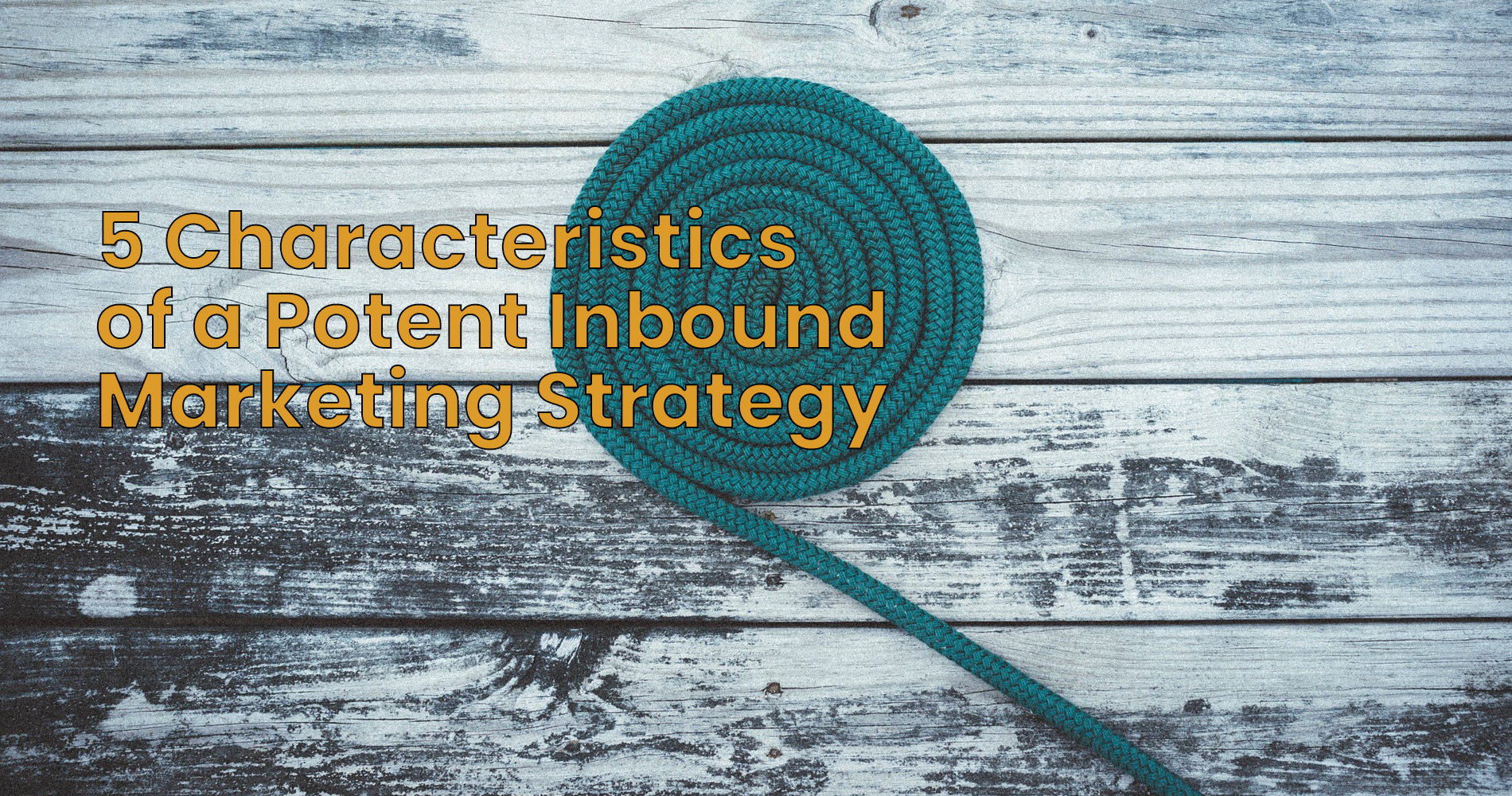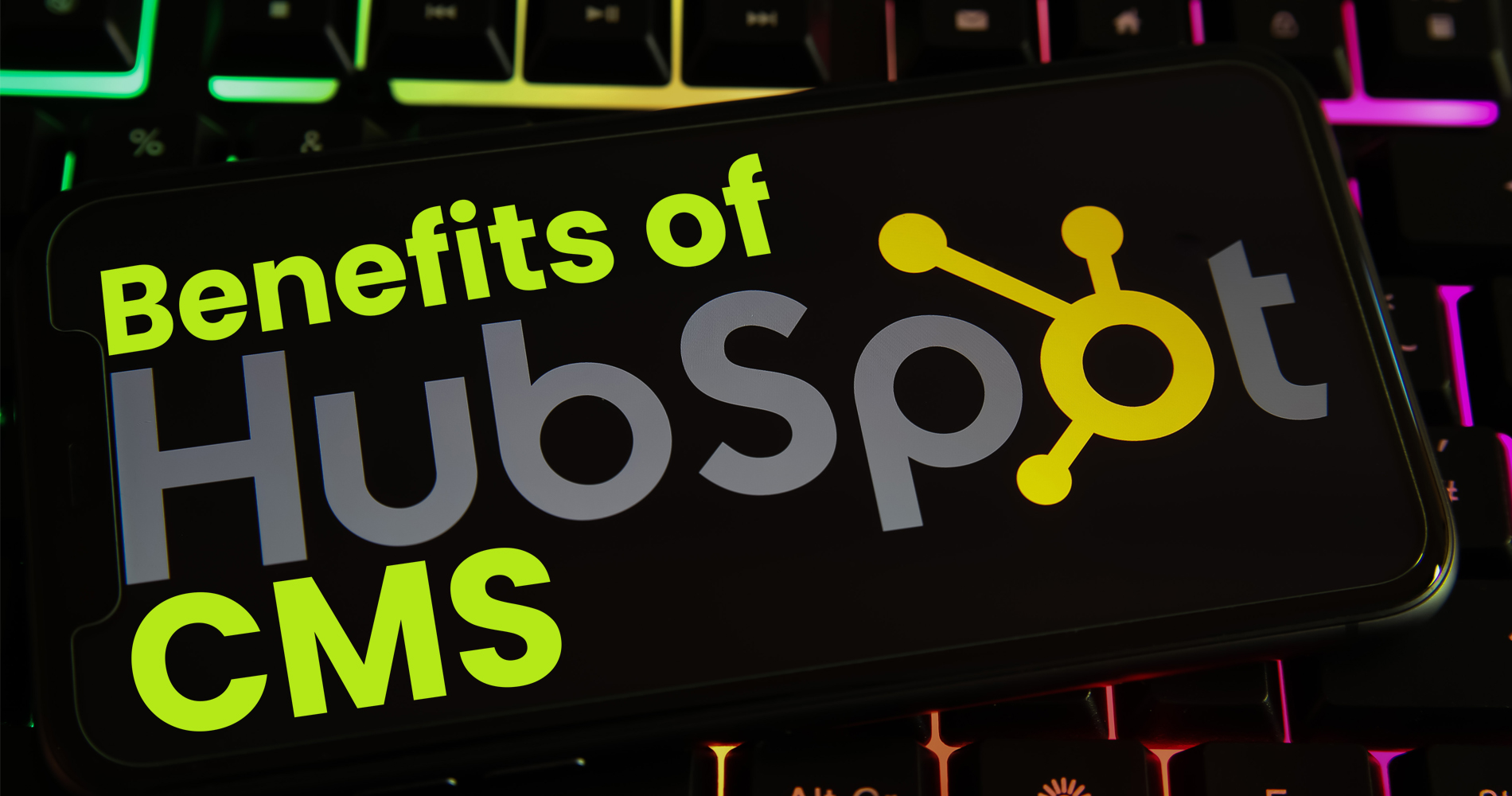Would you like your clients to find you naturally rather than having to pursue leads through annoying in-your-face tactics? Well, you have come to the right place. Inbound marketing strategies are just what you need as they drive targeted sales and leads.
A potent inbound marketing strategy gives you visibility and attracts new visitors, prospects and customers while also maintaining relationships with the existing ones. That said, if you want to stay ahead of your competition, your inbound marketing strategy should include content that speaks to the requirements and desires of your clients organically.
In this article, we will discuss the top 5 characteristics of a potent inbound marketing strategy so that you can choose one that works for you.
1 PPC
Now, you might be wondering how PPC is part of an inbound marketing strategy. Well, the paid ads appear when a user is actively searching for something on the search engines. That means PPCs do not interrupt any other activity.
While not all aspects of PPC are inbound, like the display ads, we have others like ads that appear on the search engine that create a vital element in your inbound marketing strategy. However, unlike SEO, which ranks you organically with PPC, you pay for higher rankings on the SERPs.
2 SEO
Most time, people will think of SEO as a hard-to-control tactic that will only waste your time, but that's wrong. SEO optimises the content on your website to give you higher organic placements on the SERPs. If you have a quality website and your content is optimised, the Google algorithm will identify your website and index it to more people.
SEO is a crucial part of your inbound marketing strategy, as visibility is the best way to attract people to your business. There are numerous facets to SEO ranging from keywords, website structure, code and link building. However, sometimes it can be as easy as ensuring search engines understand your website structure.
3 Content Marketing
Fresh and valuable content gives you the chance to keep and convert your leads into sales. Although, you need to create a wide range of content to help your audience solve their problems and answer specific questions. The main thing is just making sure that your content stands out if you want to break through the clutter.
Also, the content you upload on your website needs to inspire, educate and entertain your audience. You can create a blog, e-books, case studies and other downloadable content. Overall, stay on top of your game by publishing fresh content regularly.
4 Social Media
One of the best ways to attract new and returning readers to your website is to share and promote content on social media platforms. Content creation is only a part of your inbound marketing strategy.
The other crucial part is making sure your content reaches the relevant people. Only those who want to see your material will follow your brand, and it's an excellent technique to "subsidise" your organic traffic if you don't yet have good rankings.
5 Landing Pages
After clicking on your call-to-action, your leads will be directed to your landing page, another essential aspect of your inbound marketing strategy. Whether it's a product page, a form to download a whitepaper, or a subscription service page, you need to make sure your landing page is top-notch if you don't want to miss out on potential conversions.
Some of the crucial elements you need to pay attention include; design, relevancy, and focus. You will create a solid infrastructure for a solid inbound marketing strategy when you cover these five elements.






